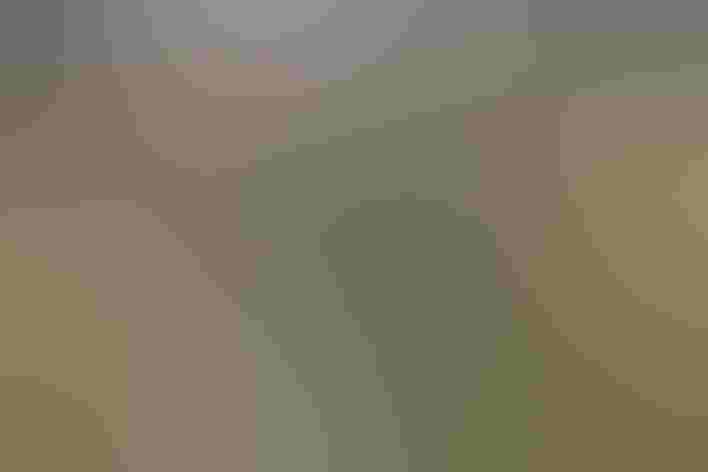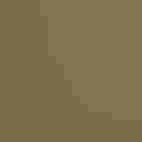Gray-headed Chickadee
At a Glance
In North America this is the rarest and most poorly known of the chickadees, living only in remote areas of northern Alaska and northwestern Canada. Determined birders who seek it, traveling by bush plane or wilderness road, may find it at a few sites where spruces and willows grow along Arctic streams. In northern Europe, where the species is known as 'Siberian Tit,' its habits are better known.
All bird guide text and rangemaps adapted from Lives of North American Birds by Kenn Kaufman© 1996, used by permission of Houghton Mifflin Harcourt Publishing Company. All rights reserved.
Category
Perching Birds
IUCN Status
Least Concern
Habitat
Tundra and Boreal Habitats
Region
Alaska and The North, Western Canada
Behavior
Direct Flight, Flitter, Rapid Wingbeats
Population
2.000.000
Range & Identification
Migration & Range Maps
As far as known, mostly a permanent resident in North America. Rarely seen away from breeding areas in winter.
Description
4.5-5" (11-13 cm). Usually paler and grayer than Boreal Chickadee, with slightly longer tail, paler edgings on wing feathers. Best distinction is Gray-headed's very large clear white cheek patch. Many reports of this species are based on grayish juvenile Boreal Chickadees in summer.
Size
About the size of a Sparrow
Color
Black, Brown, Gray, Tan, White
Wing Shape
Rounded
Tail Shape
Notched, Rounded, Square-tipped
Songs and Calls
Song not recorded in North America; Eurasian Gray-headed sings rapid set of hoarse cheoow calls. Calls an insistent, nasal cheer or deer, more forceful than Boreal, and a quick, hoarse schik-a-day.
Call Pattern
Falling
Call Type
Buzz, Chirp/Chip, Trill
Habitat
Streamside thickets, spruce forest. In North America, found very locally in stunted spruce forest of far north, close to treeline. Perhaps mainly where narrow strips of spruce and groves of willows grow along streams through generally barren country. Similar habitats in northern Eurasia, but more widespread.
Sign up for Audubon's newsletter to learn more about birds like the Gray-headed Chickadee
Behavior
Eggs
6-10, sometimes 4-15. White, finely spotted with reddish brown, with some pale spots of olive-brown or gray. Incubation is by female, 14-18 days.
Young
Female broods young most of time at first, while male brings food; later, both parents bring food. Young leave nest at about 19-20 days.
Feeding Behavior
Forages in small flocks or family groups, moving actively from tree to tree. May prefer feeding in conifers at most seasons. Forages by clambering about in branches and twigs and on trunk, hanging upside down to examine undersides of twigs. Sometimes feeds on ground. At least in northern Europe, often stores food, retrieving it later.
Diet
Mostly insects and seeds. Diet in North America poorly known. Feeds on insects, including caterpillars, flies, beetles, and the eggs and pupae of many insects, as well as spiders. Also probably eats seeds of many conifers. Has been seen feeding on carcass of dead caribou in winter.
Nesting
Nesting behavior in North America very poorly known; most details given here are from Europe. Members of pair remain together throughout year on permanent territory. This territory may be quite large, and may be shared by 2 pairs. Male feeds female from before egg-laying until nestlings are about half-grown. Nest site is in hole in tree, either natural cavity or old woodpecker hole, usually low (1-15' above the ground). May clean out cavity before starting nest building. Nest (built by female) has foundation of decaying wood, then layer of grass or moss, then cup of animal hair.
Conservation
Conservation Status
Scarce and local in North America, but probably faces no serious threats in its remote haunts. In Scandinavia, apparently declining, possibly because of loss of habitat. No information from most of Russian range.



